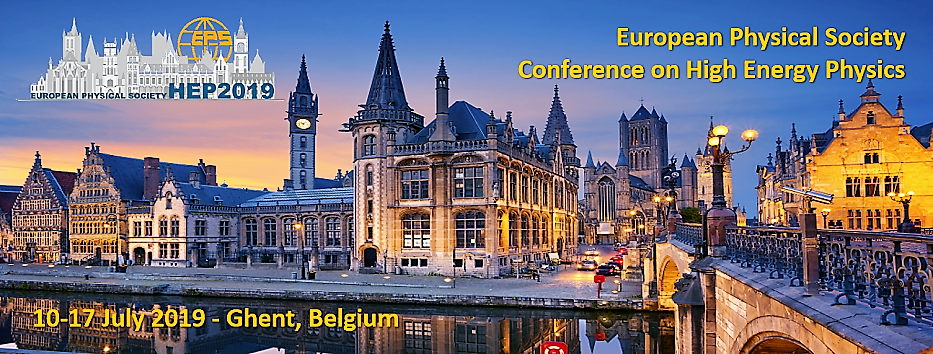Speaker
Description
As a laboratory for unconventional scientific communication, the experimentation of different ways to communicating science have led the INFN Communications Office to carry out, in the last decade, innovative formats for public events, in which performing arts intertwine with the narrative of science. Since the structure of the story is intrinsically connected with the process of knowledge building, the basic idea for these events relies on the belief that the use of narratives can help unveiling invisible connections in the interpretation of reality. Indeed, it and can open unexpected scenarios for the acquisition of knowledge, also offering greater understanding, interest and involvement. If well designed and verified in their contents, these innovative communication formats can offer tactics to involve different audiences of non-experts, correctly and ethically.
Examples are offered by public events like "Cosmic Tale", a conference-show about the universe birth and evolution, offered to more than 6000 people in the period 2016-19 (7 live replicas). The narrative structure of CT is based on the interweaving among dialogues, videos, readings and music, with a main thread given by a cartoon story, whose texts follow a well defined storyboard. More recently, the INFN and the Italian Space Agency (ASI) experimented with a new format, in which three scientists are invited to perform monologues, by telling the same story - that of the discovery of gravitational waves from the coalescence of neutron stars - from three different points of view (space satellites, terrestrial telescopes and gravitational wave detectors). In "Lights & Waves Rhapsody" jazz plays a dominant role, giving rhythm to the speech and underlining suspensions and climaxes, taking sometimes the scene to create a suitable environment for the public perception of ideas, as if the music staged its own monologue.
If conceived appropriately and evaluated in their impact on the audience, such scientific narratives can open unprecedented synthesis windows between science and art, giving rise to unexpected insights on abstract concepts of physics.




